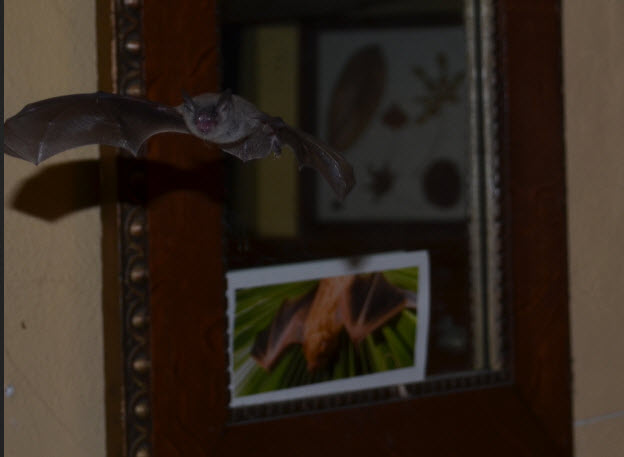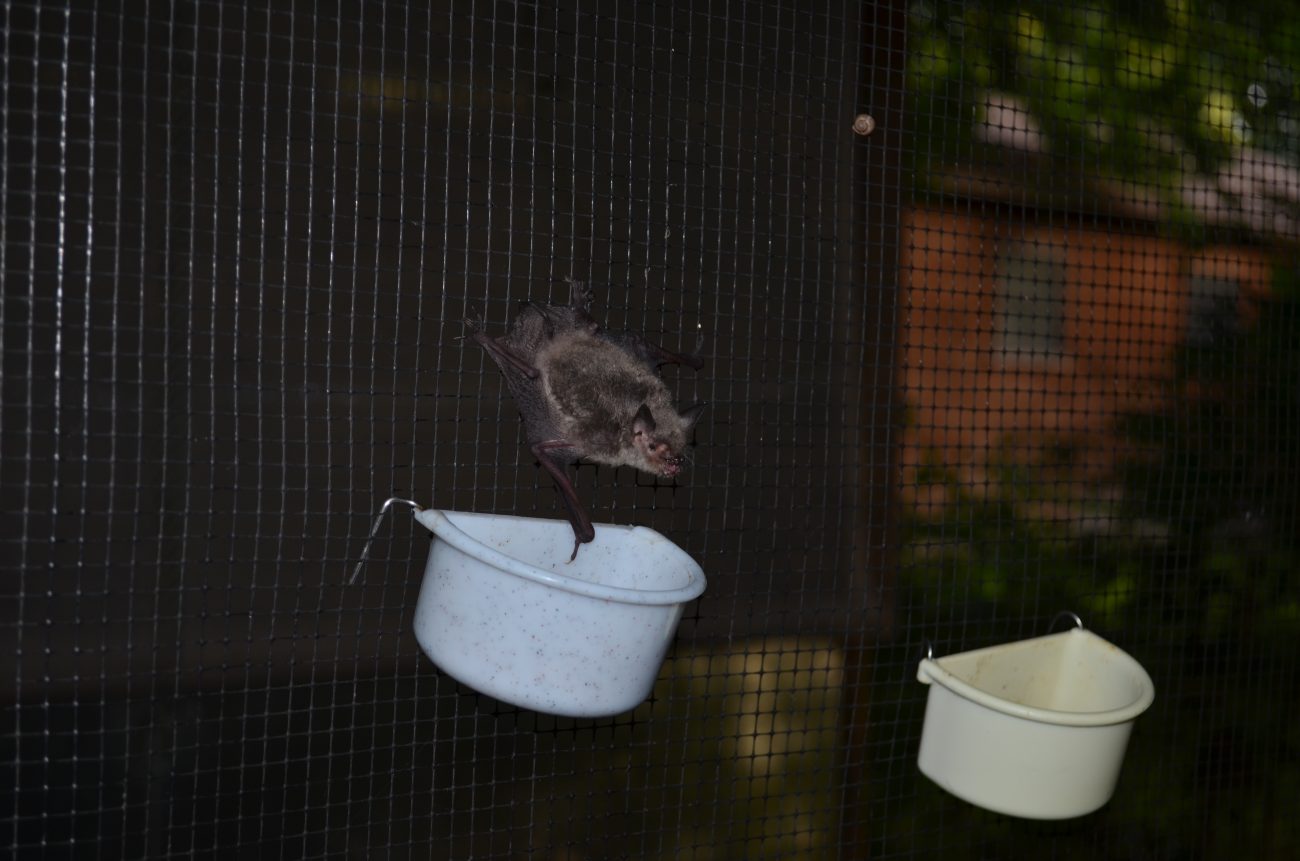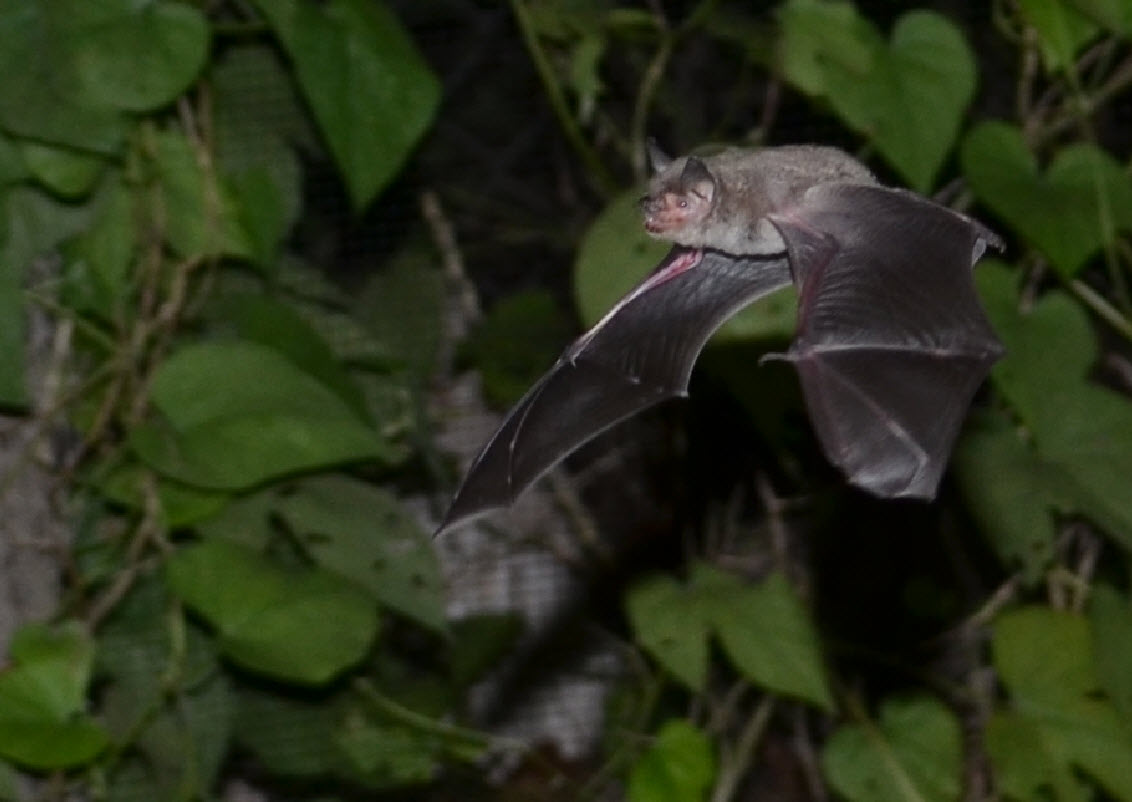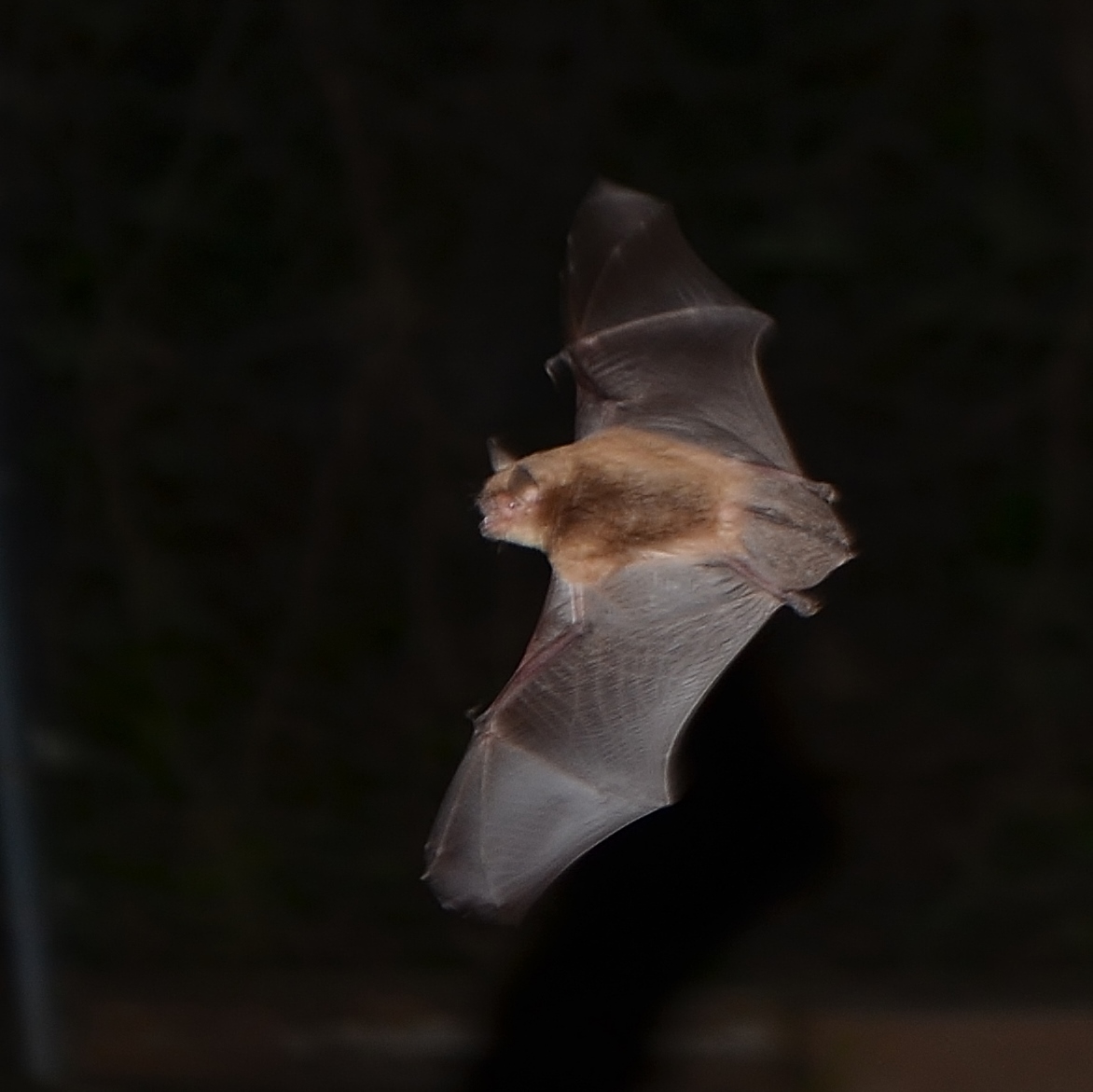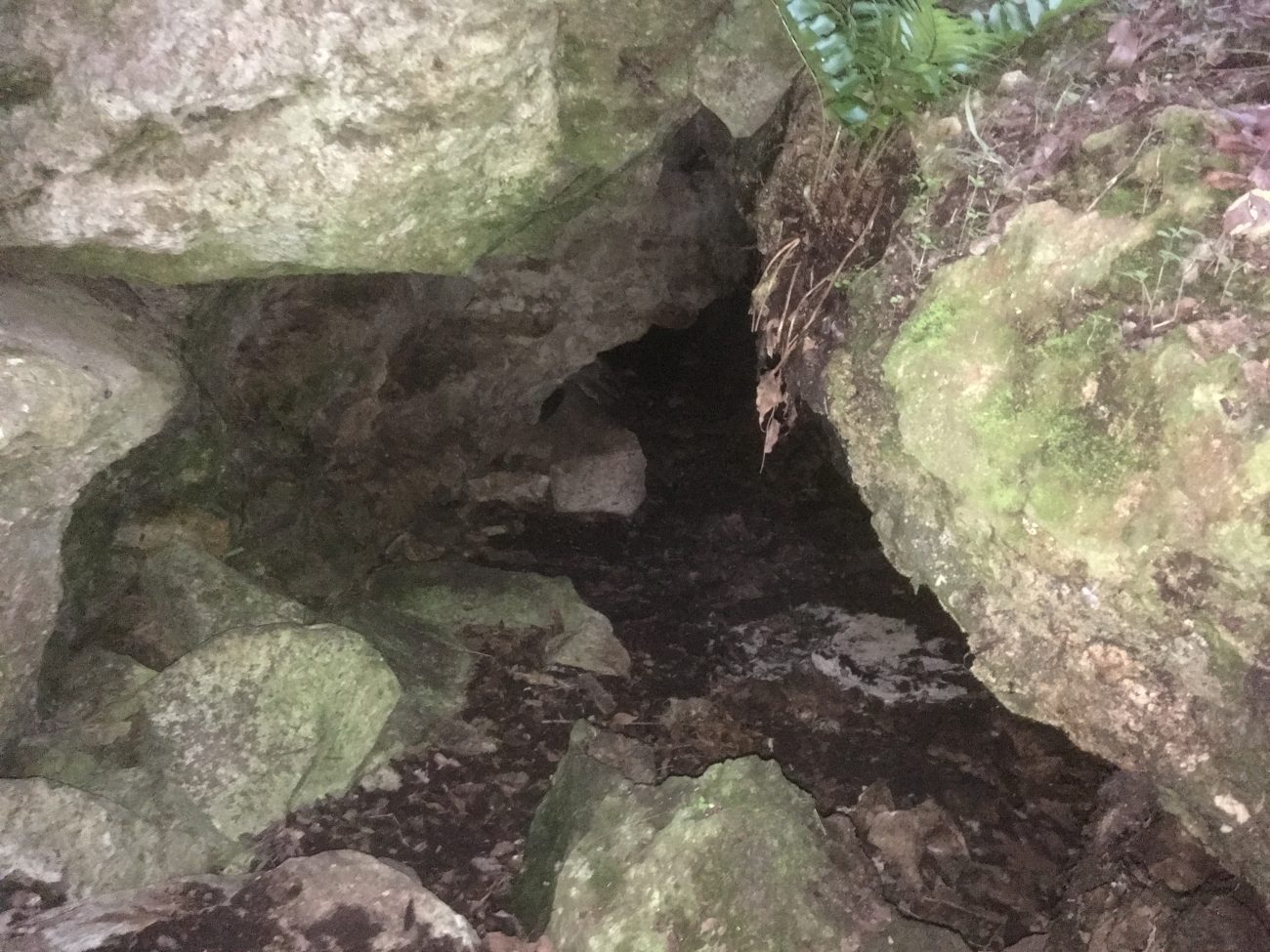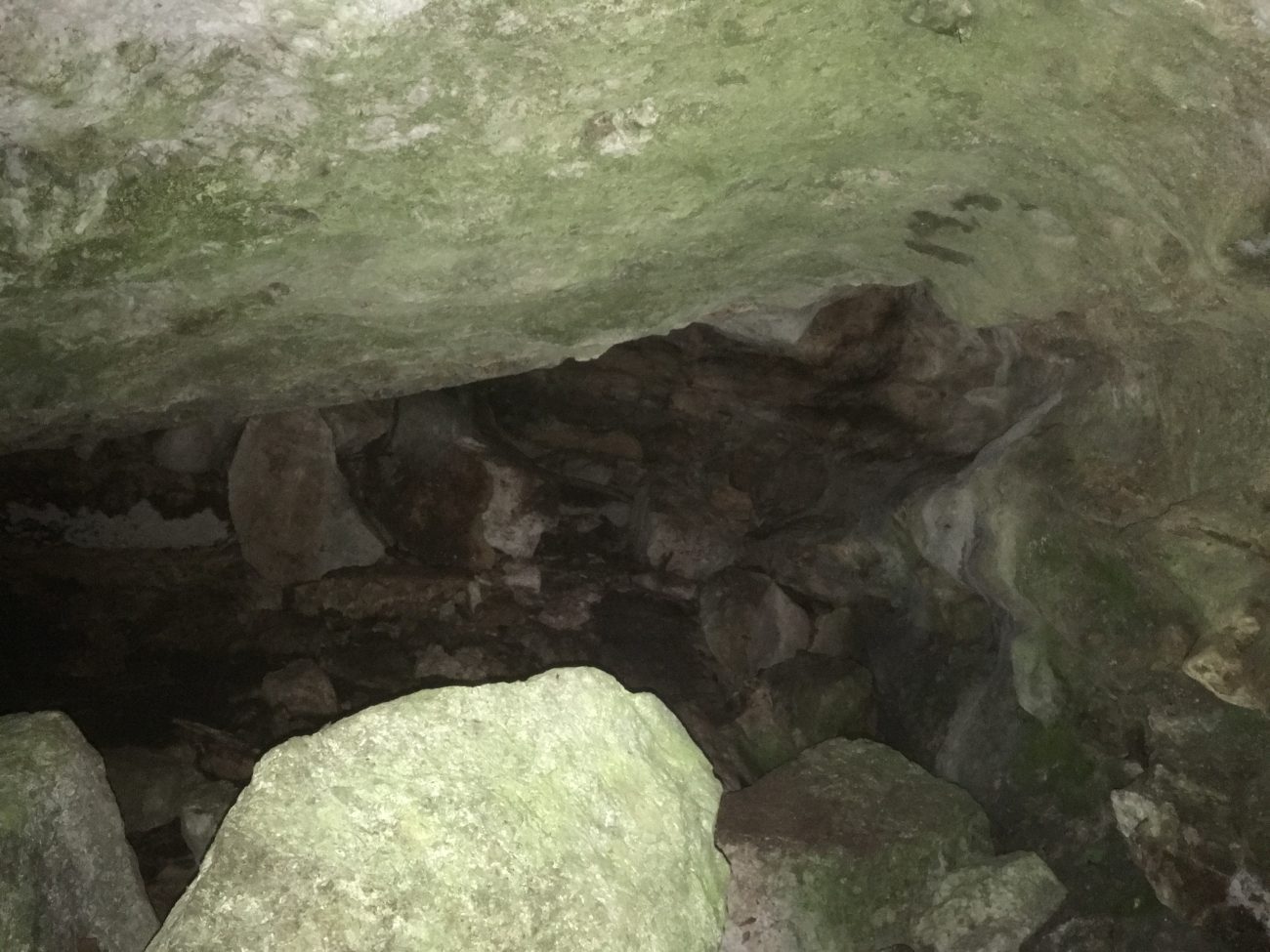On Bats and Horror in Austin, by Julianne Graper
By now, the rise of Austin’s “bat culture” has been well documented. As I argue in this article (https://journals.lib.unb.ca/index.php/MC/issue/view/2073), bats have become central to Austin’s identity through the efforts of conservationist Merlin Tuttle, who sought to resignify bats as “cool” rather than “scary.” By replacing images from horror films with images of real bats – and even allowing local citizens to see live bats up-close – Tuttle convinced a city not to fear its resident bat colony, but to celebrate it. Tuttle’s photography and information campaigns were so successful that tourists visiting Austin will find bat imagery in local restaurants, shops, murals, statuary… you name it.
While researching my article, I sought to understand how Austin’s status as the “Live Music Capital of the World” overlapped with its reputation as the “Bat City.” Though the two concepts seem unrelated, they intersect in a surprising number of ways. On one hand, images depicting bats in musical poses are surprisingly common – radio station KMFA’s “listen local” logo is one great example (https://www.kmfa.org/programs/3-listen-local). Additionally, a number of local musicians mobilize bat imagery to express their Austinite identity. Some of my personal favorites include the Bat City Surfers (https://batcitysurfers.bandcamp.com/), Echo and the Bats (http://www.dailytexanonline.com/2017/07/30/echo-and-the-bats-make-folk-rock-out-of-folktales), and a truly awesome interactive piece by composer Steve Parker (https://www.steve-parker.net/bat-man/). As I discuss in my article, there are many reasons for bat-music parallels, but they can mostly be boiled down to the efforts of local politicians to identify Austin’s unique character in effort to encourage the presence of tourists.
However, for many people I encountered during my research in Austin, horror imagery remained a significant part of how they related to bats. Bats’ association with horror originated with the colonization of the Americas, in which Europeans grossly exaggerated their experiences with vampire bats in Mexico and Central America, arguably displacing their fears about unfamiliar Mesoamerican indigenous groups with narratives about vampires. In other words, bats’ use in vampire stories and later horror films and stories are modern adaptations of colonial racism that posited indigenous North Americans as less than human. In addition, as scientific activists like Tuttle have argued, such exaggerated fears lead directly to the unnecessary killing of bat populations by ill-informed citizens and profit-mongering pest control companies.
Throughout my research in Austin I discovered that horror narratives that include bats also serve other social functions within present-day human populations. Some of the artists I interviewed capitalized on the colonial roots of horror narratives in order to express their experiences of marginalization in a white-dominated society. For others, bats’ reputation as Other was intimately linked with Austin’s ethos of alterity – a “weird” animal that represented a “weird” city. Normalizing bats might have been the goal of Tuttle’s education programs, but the popularity of Austin’s Chiropterans is also directly linked to bats’ status as “not normal.”
Interestingly, most of the artists that I interviewed were in favor of bat conservation, even when they used imagery derived directly from damaging fictions associated with horror. In most cases, the artists I interviewed did not see conservation and horror as mutually exclusive. In my opinion, this is because most Austinite’s use of horror imagery is self-conscious: it is used as a form of commentary on a particular social situation, using camp. irony, and a host of other discursive techniques to articulate both an acceptance of horror imagery and a rejection of it at the same time. In order to understand these artists, then, we need to read between the lines of their imagery, trying to understand how horror imagery expresses precisely what it expresses to them.
Tuttle’s photography has been successful in changing cultural narratives about bats not because he got rid of existing narratives, but because he replaced them with new ones. Similarly, bats’ use by goths and punks in Austin works because it re-signifies the meaning of existing horror imagery – it takes existing cultural depictions and assigns them new meaning based on changing cultural context. We have to understand what this means – and its relationship to colonialism – in order to address it. How can we use bats to acknowledge colonial history while at the same time developing more positive representations that don’t encourage senseless killing? How can we delve into the source of what we truly fear about bats, what it means, and make it less scary? How can we create art that truly expresses the complexity of our relationships to bats?




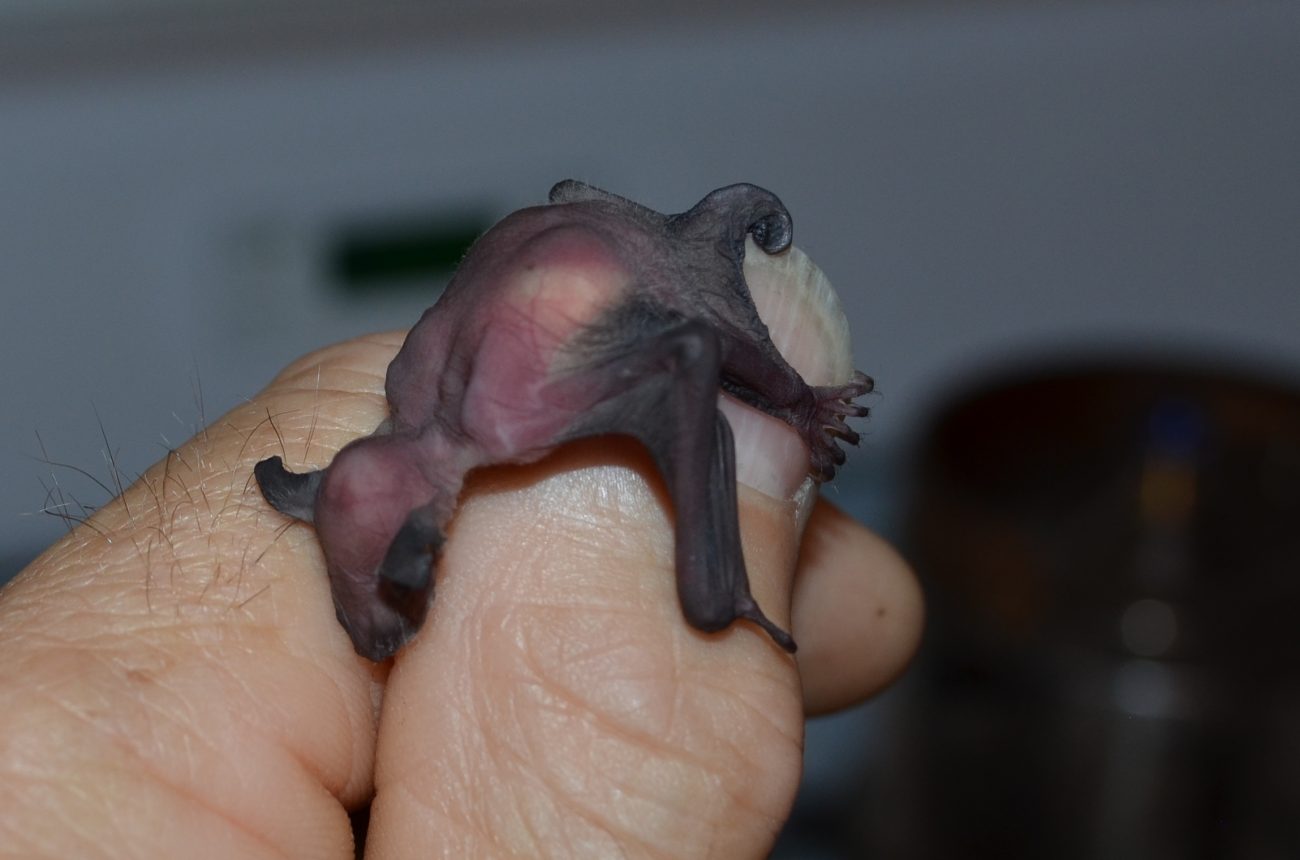



 Look at these elegant toe nails!
Look at these elegant toe nails! Some people think they are a rather plain bat, but we beg to differ! They have a subtle, yet radiant, beauty that is undeniable!
Some people think they are a rather plain bat, but we beg to differ! They have a subtle, yet radiant, beauty that is undeniable!

